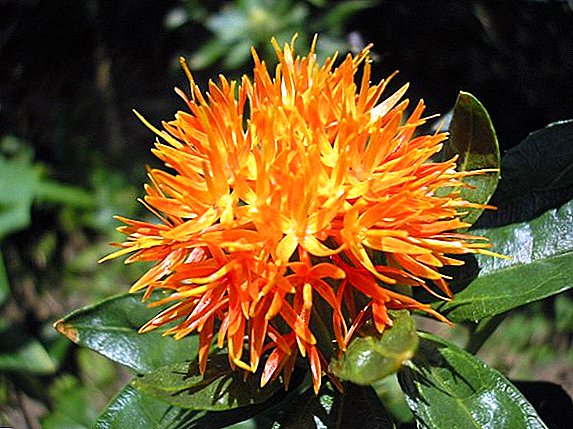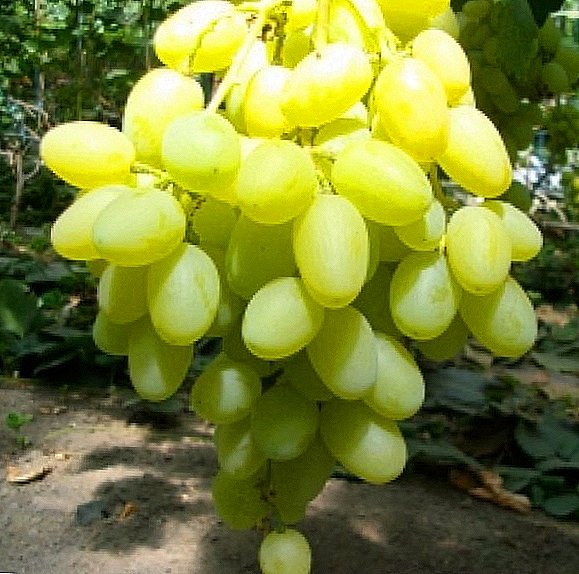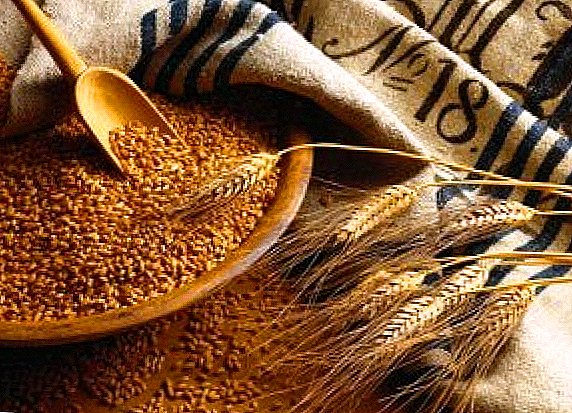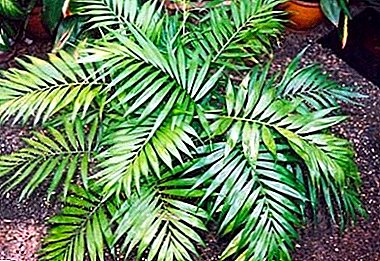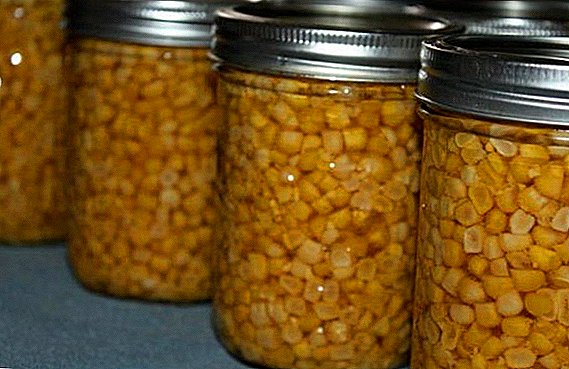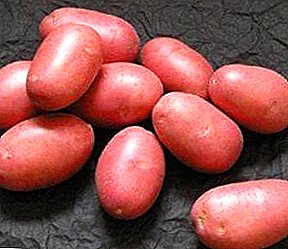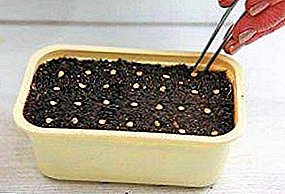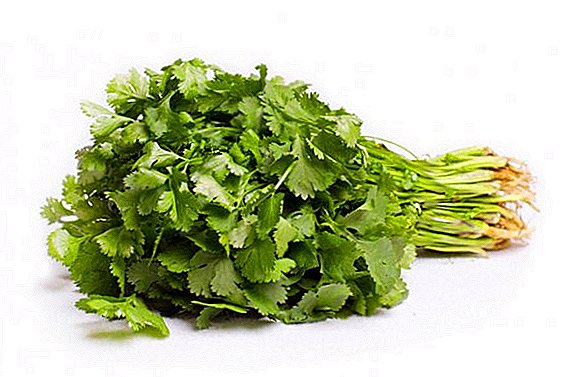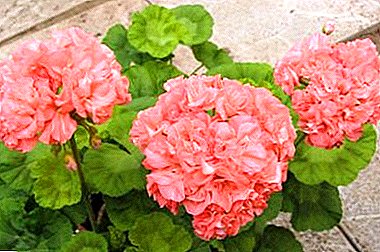
For a long time, pelargoniums were considered the plants of aristocrats, because it was bred in the greenhouses by rich and noble people.
Over time, the flower has gained popularity in the mainstream due to its unpretentiousness. For some time, pelargonium was forgotten, but its popularity began to grow again.
The need for special care
Pelargonium is a southern plant of the Geranium family, originally from India and South Africa. Pelargonium has a lot of similarities with geraniums, which is why they are often confused, but at the same time the two plants never interbreed with each other. Pelargonium is a southern and heat-loving plant, it is pickier than its northern "sister", does not have blue shades in flowers. Due to its differences from geranium, it has its own peculiarities in home care.
A photo
Familiarize yourself with the photo of pelargonium that even a novice grower can grow, following our recommendations step by step:





How to care for a flower?
Temperature
The temperature optimum for pelargonium in the period of active growth and flowering is kept within + 20-25 degrees. During the rest period - from October to February - the plant is kept at an average temperature of + 12-15 degrees during the day and no less than +6 degrees at night. However, there are varieties that are more thermophilic.
The plant does not like strong drafts and strong temperature drops. Despite this, the air around pelargonium should not stagnate, as air stagnation increases humidity and increases the risk of developing fungal infections.
Shine
Due to its origin, pelargonium is a very light-loving flower that tolerates direct sunlight. At the same time, on very hot days the plant should be pritenyat in order to avoid sunburn. The flower will feel good on the southern windows, but on the northern shaded ones, they will shed the lower leaves, stretch out in search of light and less bloom.
If you can not put the flower in a sunny place, you can use fluorescent lamps to lengthen the daylight hours.
Watering
 Pelargonium is quite a drought-resistant flower, However, this means that you can forget about watering. The best mode is once every two or three days. On hot and dry days, you can increase the amount of watering to one per day, subject to the drying of the top layer of soil. Watering is better with settled water at room temperature. Water is needed to completely moisten the soil layer, i.e. watering not only the near-stubby zone, but also over the entire surface of the substrate.
Pelargonium is quite a drought-resistant flower, However, this means that you can forget about watering. The best mode is once every two or three days. On hot and dry days, you can increase the amount of watering to one per day, subject to the drying of the top layer of soil. Watering is better with settled water at room temperature. Water is needed to completely moisten the soil layer, i.e. watering not only the near-stubby zone, but also over the entire surface of the substrate.
Important. No need to transfuse the plant, because with an excess of water, the stem and roots begin to rot, and the plant will die even after transplantation.
The plant does not like humid air and does not need regular spraying. It is also better to keep it at a distance from those plants that need more frequent watering and humidification of the air.
Soil and fertilizer
The plant needs a well-drained soil rich in organic compounds. Pelargonium primer can be purchased at the store or you can make the composition yourself. For this, peat, garden soil, sand of medium grain and humus are mixed in equal proportions. It is important that at the bottom of the bowl with a flower be a good drainage layer of expanded clay, finely beaten bricks, etc.
Caring for pelargonium includes regular and fairly frequent feeding - every 10-12 days. In the hot season, when watering becomes more frequent, the weekly dose of top dressing is divided into seven parts and each part is applied with the next watering. Any universal formulations for flowering houseplants are suitable as a fertilizer.
During the rest period, fertilizing is not introduced.
Popular options for dressings are:
- “Bona Forte for Ornamental Flowering Plants” (Health series).
It contains a high percentage of potassium and a rather low percentage of nitrogen. It contains calcium, magnesium, microelements and humic acid.
- "Flower Paradise for flowering indoor and garden plants."
The composition contains nitrogen, phosphorus, potassium. Additional substances - magnesium, six microelements (manganese, zinc, iron, copper, boron, molybdenum).
All dressings are used according to the instructions for use on the package or special liner. You should not increase the dose in the hope that it will accelerate growth - an overabundance of micro and macro elements is no less harmful than their lack.
Pruning
 Cropping allows you to create the desired crown, does not allow the plant to grow into greens, and also allows you to rejuvenate and improve the bush. For different varieties of crown formation is different, but in all cases follow the rule about the regularity of pruning: do not let the growth of the flower on its own.
Cropping allows you to create the desired crown, does not allow the plant to grow into greens, and also allows you to rejuvenate and improve the bush. For different varieties of crown formation is different, but in all cases follow the rule about the regularity of pruning: do not let the growth of the flower on its own.
- The cut of the young branches is done with a sharp pruner or a stationery knife at a sharp angle, above the leaf node.
- Place the cut sprinkled powdered activated charcoal or charcoal, fine ash.
- Old branches and leaves are removed in autumn after flowering, and long-stemmed or bare stems are removed.
- Do not be afraid of strong pruning up to 3-4 eyes - over the winter, the plant will accumulate strength and catch up.
Informative video about pruning pelargonium:
Transfer
Transplantation is usually carried out before the start of flowering and active growth, immediately after wintering, and combined with pruning up to 3-5 buds. It is carried out with the purpose of transfer to a larger pot or when transferring young plants from a temporary container to a permanent one. After transplantation, the plant is not fertilized for two weeks for acclimatization. Watering is very moderate, no more than once every three days, when the soil dries out - once every two days.
Read more about transplanting and planting pelargonium here.
We offer to watch a video about transplantation of pelargonium:
Requirements for growing Pelargonium grandiflorum
Royal pelargonium differs in larger flowers in inflorescences and a large number of peduncles. For long flowering requires certain conditions that are different from the conditions of the maintenance of other members of the genus Pelargonium.
Watering and feeding
- Watering of royal pelargonium is carried out exclusively defended water at room temperature (about +22 degrees).
- The plant does not like modulations and quickly begins to rot at the slightest stagnation of moisture in the soil.
- It is recommended to water not through the top layer of the earth, but through the pallet to avoid compaction of the earthy clod.
- Top dressing uses liquid organic compounds with a high content of potassium, a low percentage of nitrogen, and a large number of trace elements.
- Feeding is carried out only during the flowering period, in winter the plant is not fertilized.
Possible problems
Because of the subtleties in the care, which is observed by far not all growers, problems with flowering occur, growth, overgrowth of green parts of a plant, etc.
Does not bloom
 The reasons for the lack of flowering in Pelargonium quite a lot.
The reasons for the lack of flowering in Pelargonium quite a lot.
The most basic of them are:
- excess nitrogen in soil and fertilizers;
- excess moisture in the air;
- too dry air;
- excessive watering;
- lack of minerals;
- flower development without prolonged rejuvenation;
- wrong content in winter.
Most often, the lack of flowering is caused by a complex of reasons. The plant, although unpretentious in the care, requires a certain amount of attention. Otherwise, you can get either a green bush or a bare stem.
We offer to watch a video about why pelargonium does not bloom:
Pests and diseases
- Blackleg appears when waterlogging, excessively dense soil, as well as when using contaminated soil. It is impossible to save the plant, the only way out is to scoop up the still alive shoots, and to throw out the stem, the root and the ground.
- Gray mold appears when excessive air humidity is present. The infected leaves are removed, the plant is treated with antifungal agents and transferred to a drier place.
- Sometimes plants are attacked whiteflies and spider mites. To combat them use chemicals, process 2-3 times for the complete destruction of all eggs and larvae that could survive after primary processing.
- To combat the black leg, the plant is treated with Fitosporin or a solution of potassium permanganate (3 g per 10 liters of water) before planting.
- From gray mold help treatment with Ronilan, Rovral, Topsinom M and other antifungal drugs in a concentration indicated on the package.
- From spider mites and other pests help Fitoverm, Aktellik, Sunmite and others.
More information about the diseases and pests of pelargonium can be found here.
Pelargoniums are widespread for their simplicity and flowering. The essential oils they release have a bactericidal effect, heal the air in the room, and bring a psychological climate to harmony. Competent care will provide an active and powerful flowering every year.
- Growing in the garden.
- Medicinal properties.
- Methods of reproduction - cuttings and seeds.
- Diseases of the leaves and their yellowing.


